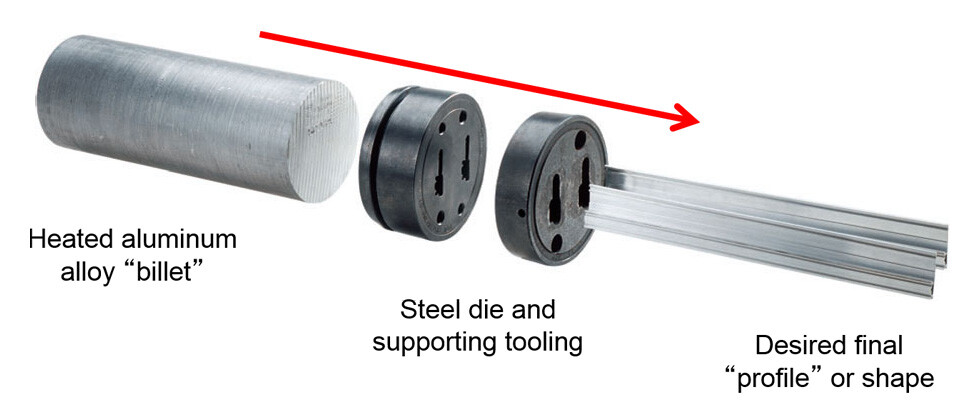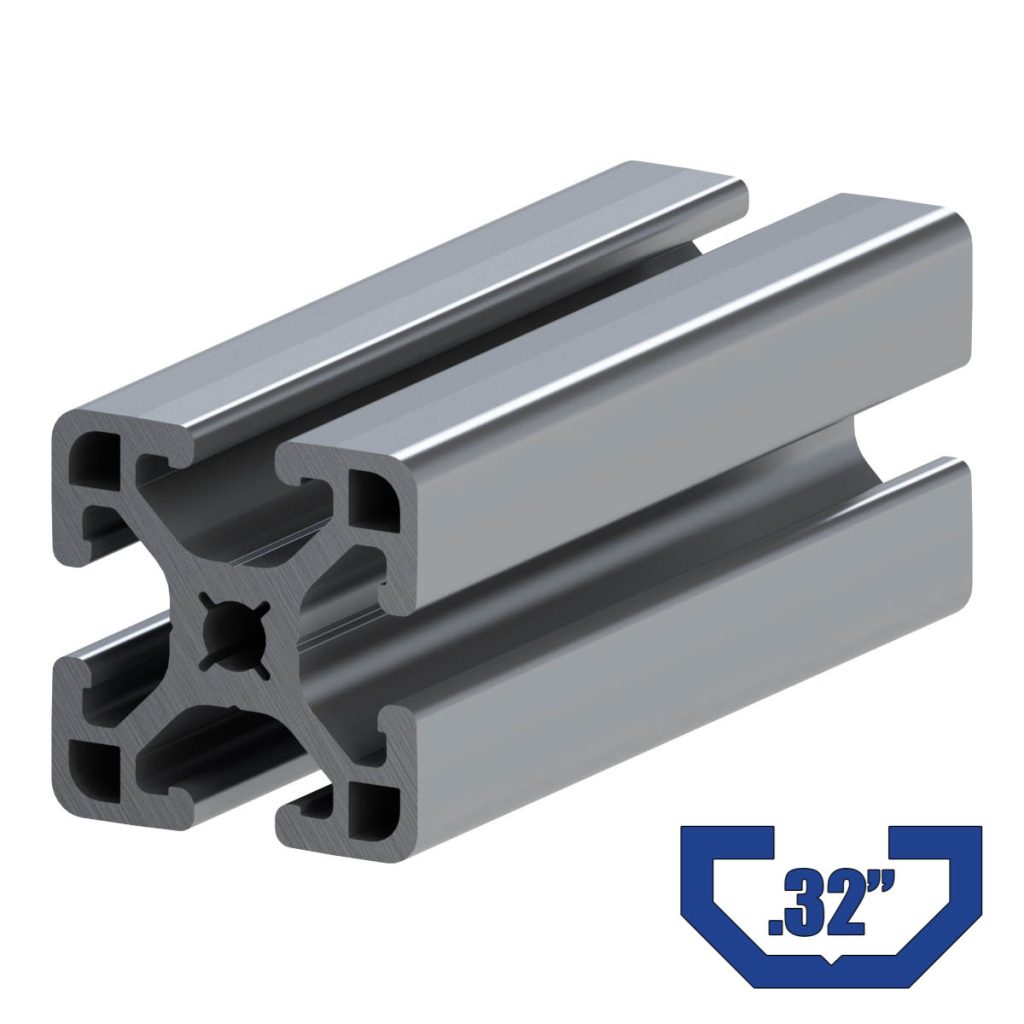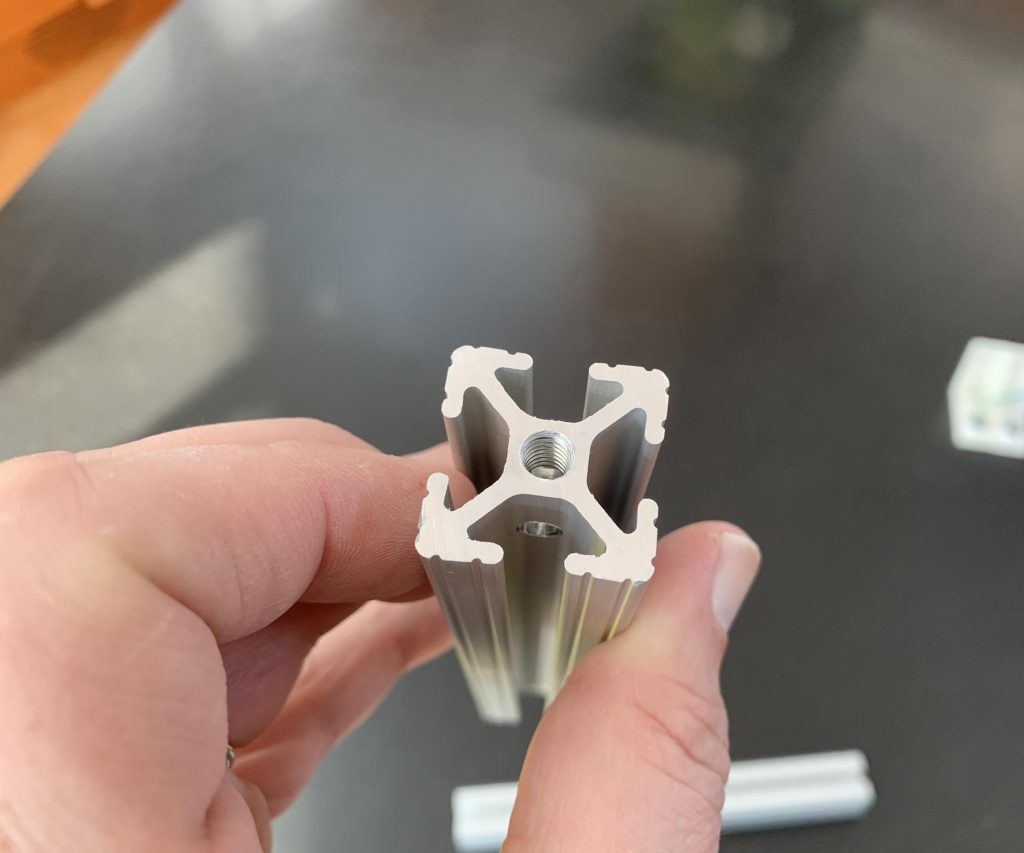Table of Contents
- Frequently Asked Questions
- 1. What is aluminum extrusion, and how is it used in table manufacturing?
- 2. What are the benefits of using aluminum extrusion for table manufacturing?
- 3. How do you choose the right aluminum extrusion for table manufacturing?
- 4. What tools are needed to build aluminum extrusion for table manufacturing?
- 5. What are the best practices for building aluminum extrusion for table manufacturing?
Paragraph 1:
Aluminum extrusion is a versatile and cost-effective method used in the manufacturing industry to create strong and durable structures. One of the most popular applications for aluminum extrusions is for building tables, which requires careful planning and execution to ensure the finished product is of high quality.
Paragraph 2:
In this article, we will guide you through the process of building an aluminum extrusion table from start to finish. We will cover everything from choosing the right materials and tools to creating a design that meets your needs, as well as providing tips and tricks to make the process easier and more efficient. Whether you are a professional manufacturer or a DIY enthusiast, this guide will help you create a strong and durable table that will last for years to come.
How to Build Aluminum Extrusion for Manufacturing Table?
If you want to build an aluminum extrusion for manufacturing table, follow these steps:
- Start by measuring the dimensions of the table and cut the aluminum extrusions accordingly.
- Use a miter saw to cut the aluminum extrusions at a 45-degree angle to the desired length.
- Secure the aluminum extrusions together using corner brackets and screws.
- Add a sturdy tabletop to the extrusion frame and secure it in place.
- Your aluminum extrusion manufacturing table is now ready to use.
How to Build Aluminum Extrusion for Manufacturing Table?
When it comes to manufacturing tables, aluminum extrusion is a popular choice due to its light weight, strength, and versatility. Building aluminum extrusion for a manufacturing table can seem daunting, but with the right tools and techniques, it can be done easily and efficiently. In this article, we will guide you through the process of building aluminum extrusion for a manufacturing table.
Step 1: Gather Your Materials
To build aluminum extrusion for a manufacturing table, you will need the following materials:
– Aluminum extrusion profiles
– T-slot nuts
– Bolts
– End caps
– Corner brackets
– Allen wrench
– Saw
– Drill
– Measuring tape
Once you have all of your materials, you can move on to the next step.
First, measure the length and width of the table you want to build. Then, cut the aluminum extrusion profiles to match those measurements using a saw.
Step 2: Assemble the Frame
Once you have cut the aluminum extrusion profiles to size, you can begin assembling the frame. Connect the profiles using T-slot nuts and bolts, making sure to tighten them securely with an Allen wrench.
Next, add end caps to the ends of the profiles to give the table a finished look. You can also add corner brackets at the corners of the table for added stability.
Step 3: Add the Tabletop
Once the frame is assembled, it’s time to add the tabletop. Measure the dimensions of the table frame and cut a piece of plywood or MDF to fit. Secure the tabletop to the frame using screws.
Step 4: Install Accessories
Now that you have a basic manufacturing table, you can add accessories such as drawers, shelves, or a power strip. To do this, you can attach additional aluminum extrusion profiles to the existing frame using T-slot nuts and bolts.
Step 5: Benefits of Aluminum Extrusion for Manufacturing Tables
Aluminum extrusion is an excellent choice for manufacturing tables due to its numerous benefits. Here are a few:
– Lightweight: Aluminum extrusion is much lighter than other materials such as steel, making it easier to move around and transport.
– Strong: Despite its light weight, aluminum extrusion is incredibly strong and durable, making it ideal for heavy-duty applications.
– Versatile: Aluminum extrusion is incredibly versatile and can be used to build tables of all shapes and sizes.
– Easy to assemble: With T-slot nuts and bolts, aluminum extrusion is easy to assemble and disassemble, making it perfect for temporary or mobile applications.
Step 6: Vs. Other Materials
Compared to other materials such as steel or wood, aluminum extrusion has several advantages:
– Lighter weight: As mentioned earlier, aluminum extrusion is much lighter than steel or wood, making it easier to handle and transport.
– More durable: Aluminum extrusion is resistant to rust, corrosion, and other types of damage, making it a more durable choice than steel or wood.
– Cleaner appearance: Aluminum extrusion has a sleek and modern appearance, which can help give your manufacturing table a professional look.
Step 7: Conclusion
In conclusion, building aluminum extrusion for a manufacturing table is a straightforward process that can be done with the right tools and techniques. By following the steps outlined in this article, you can create a strong and durable manufacturing table that will serve you well for years to come.
Step 8: Common Questions
Here are a few common questions that people have about building aluminum extrusion for manufacturing tables:
– Can I paint my aluminum extrusion table? Yes, you can paint aluminum extrusion using a special type of paint designed for metal surfaces.
– How much weight can an aluminum extrusion table hold? Aluminum extrusion is incredibly strong and can support a significant amount of weight. However, the weight capacity will depend on the thickness and size of the extrusion profiles used.
– Can I modify my aluminum extrusion table later on? Yes, one of the benefits of aluminum extrusion is that it can be easily modified or disassembled and reassembled in a different configuration.
Step 9: Tips and Tricks
Here are a few tips and tricks to keep in mind when building aluminum extrusion for manufacturing tables:
– Use a miter saw or chop saw to cut the extrusion profiles for a clean and straight cut.
– Use a drill press to drill holes in the extrusion profiles for added precision.
– Use a T-slot cleaner to keep your T-slots free of debris and dirt.
Step 10: Summary
To summarize, building aluminum extrusion for a manufacturing table is a simple process that can yield impressive results. With its light weight, strength, and versatility, aluminum extrusion is an excellent choice for building tables of all shapes and sizes. By following the steps outlined in this article, you can create a manufacturing table that will serve you well for years to come.
Frequently Asked Questions
Aluminum extrusion is a popular manufacturing process for building tables due to its lightweight, durability, and versatility. Here are five common questions and answers about how to build aluminum extrusion for manufacturing tables:
1. What is aluminum extrusion, and how is it used in table manufacturing?
Aluminum extrusion is a process where aluminum is forced through a die, creating a specific shape for use in manufacturing. For table manufacturing, extruded aluminum is often used for the frame of the table due to its lightweight and durable nature. Extrusions can be cut to specific lengths and angles, making it easy to create a custom frame for a table.
2. What are the benefits of using aluminum extrusion for table manufacturing?
There are several benefits to using aluminum extrusion for table manufacturing. First, aluminum is a lightweight material, making it easy to move and transport tables. Additionally, aluminum is highly durable, making it perfect for use in commercial settings where tables may experience heavy use. Finally, aluminum extrusion allows for a high level of customization, making it easy to create tables in a variety of shapes and sizes.
3. How do you choose the right aluminum extrusion for table manufacturing?
When choosing aluminum extrusion for table manufacturing, there are several factors to consider. First, consider the size and shape of the table you want to create. This will impact the type of extrusion you need to use. Additionally, consider the weight capacity of the table and how much weight the extrusion can support. Finally, consider the finish of the extrusion and how it will match the overall design of the table.
4. What tools are needed to build aluminum extrusion for table manufacturing?
To build aluminum extrusion for table manufacturing, you will need a variety of tools, including a saw for cutting the extrusion to size, a drill for creating holes for screws, and a tap for creating threads in the extrusion for attaching parts. Additionally, you may need a miter saw for creating angled cuts and a deburring tool for smoothing out rough edges.
5. What are the best practices for building aluminum extrusion for table manufacturing?
When building aluminum extrusion for table manufacturing, it is important to follow best practices to ensure a high-quality finished product. First, be sure to measure and cut the extrusion to the correct size and angle. Additionally, use a deburring tool to smooth out any rough edges. Finally, follow the manufacturer’s instructions for attaching parts to the extrusion, including the use of the appropriate screws and fasteners.
In conclusion, building aluminum extrusion for manufacturing tables can be a daunting task, but with the right steps, it becomes an attainable feat. With these simple steps, you can create a strong and durable aluminum extrusion that will serve you for years to come.
Firstly, it is important to choose the right aluminum alloy for your project. This will determine the strength and durability of your extrusion. Secondly, you need to design and create a mold that will be used to shape the aluminum to your desired shape. Finally, you need to ensure that the extrusion is cooled and treated properly to eliminate any defects that may arise during the manufacturing process.
By following these simple steps, you can create an aluminum extrusion that will not only meet your manufacturing needs but also exceed your expectations. So why not start building your own aluminum extrusion today and take your manufacturing process to the next level!
Request a quote today!
[contact-form-7 id="1578" title="Contact form"]
Please compress the file into a ZIP or RAR file before uploading. Alternatively, send through your RFQ by email.
enquires@unitymanufacture.com





